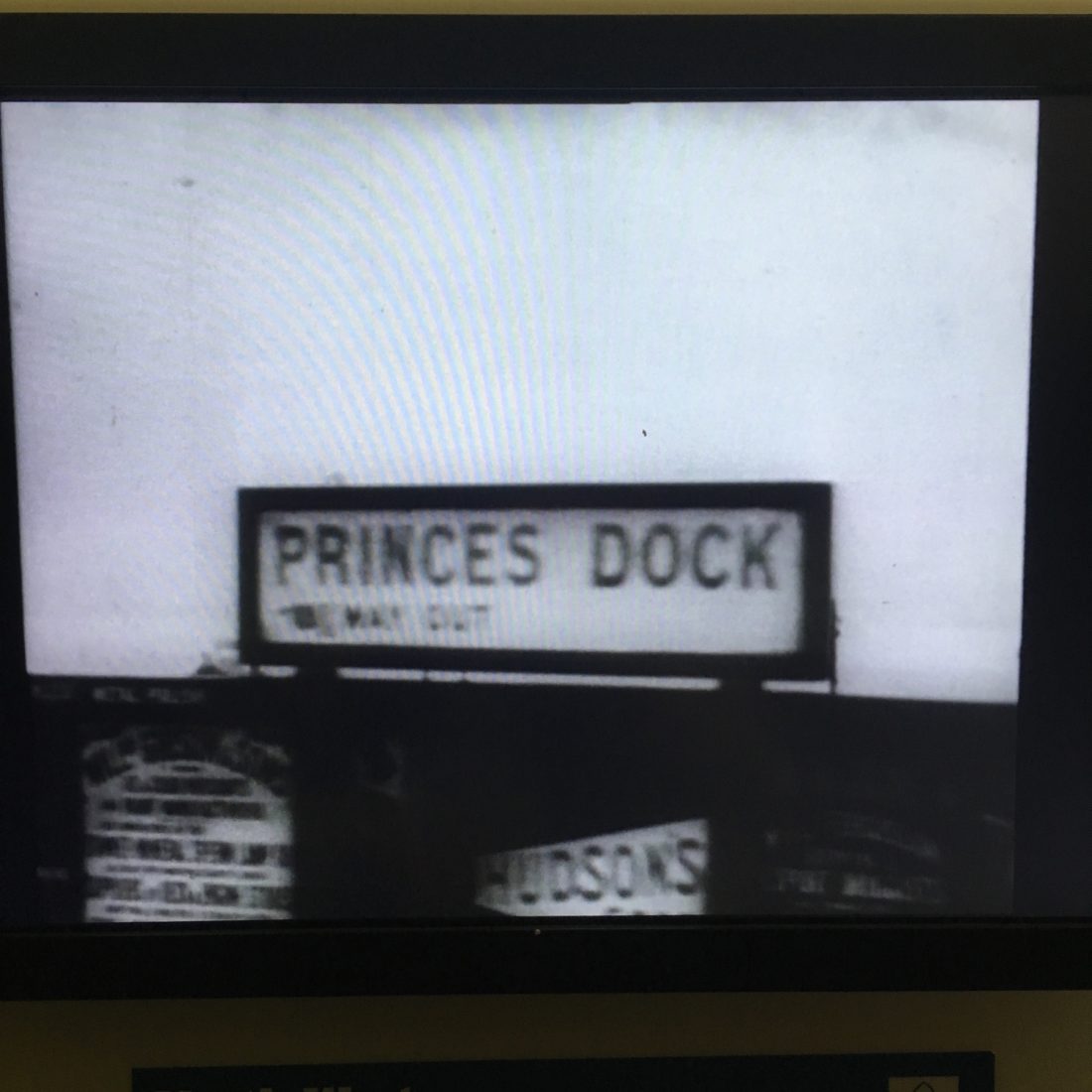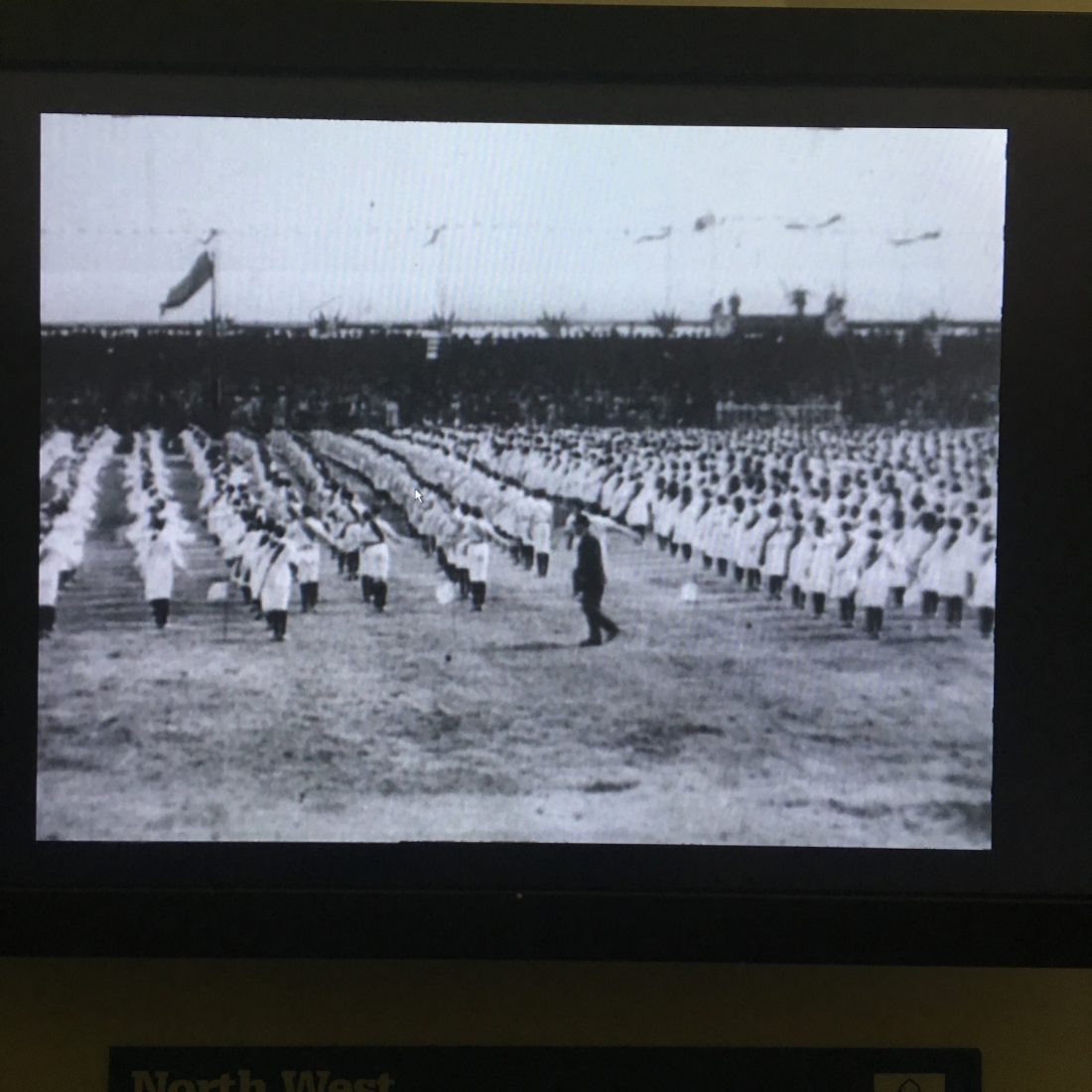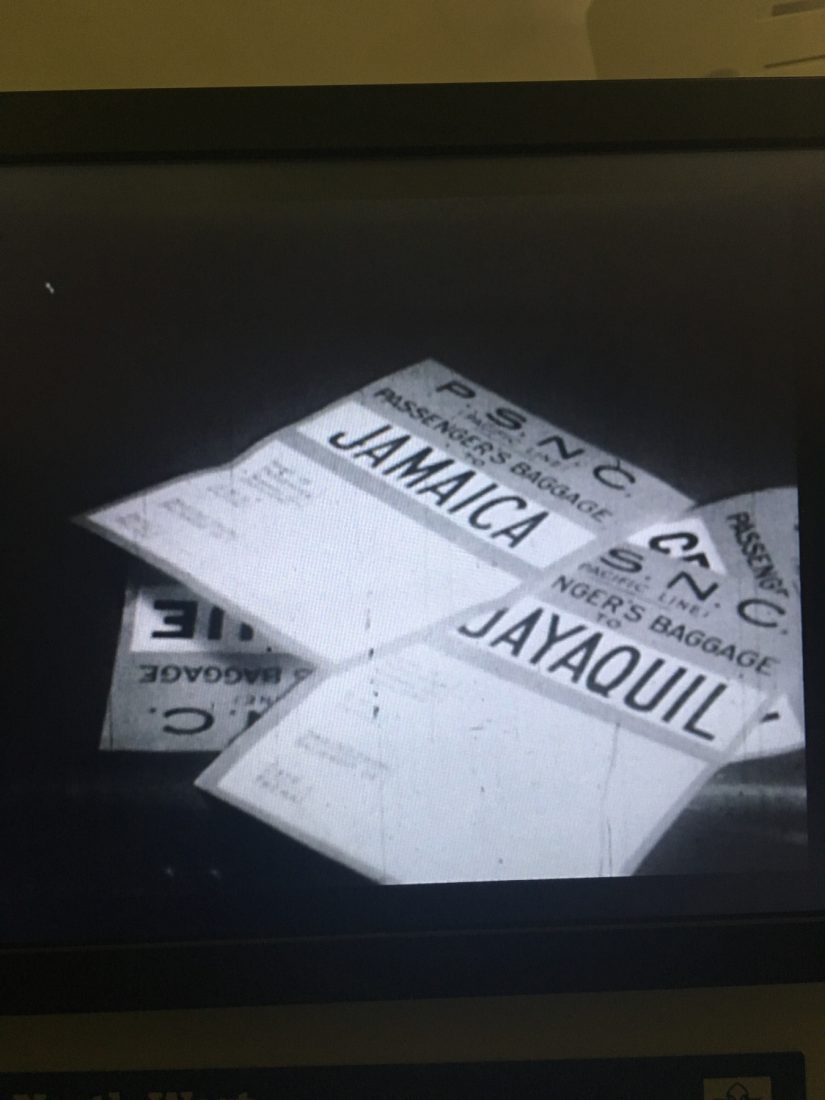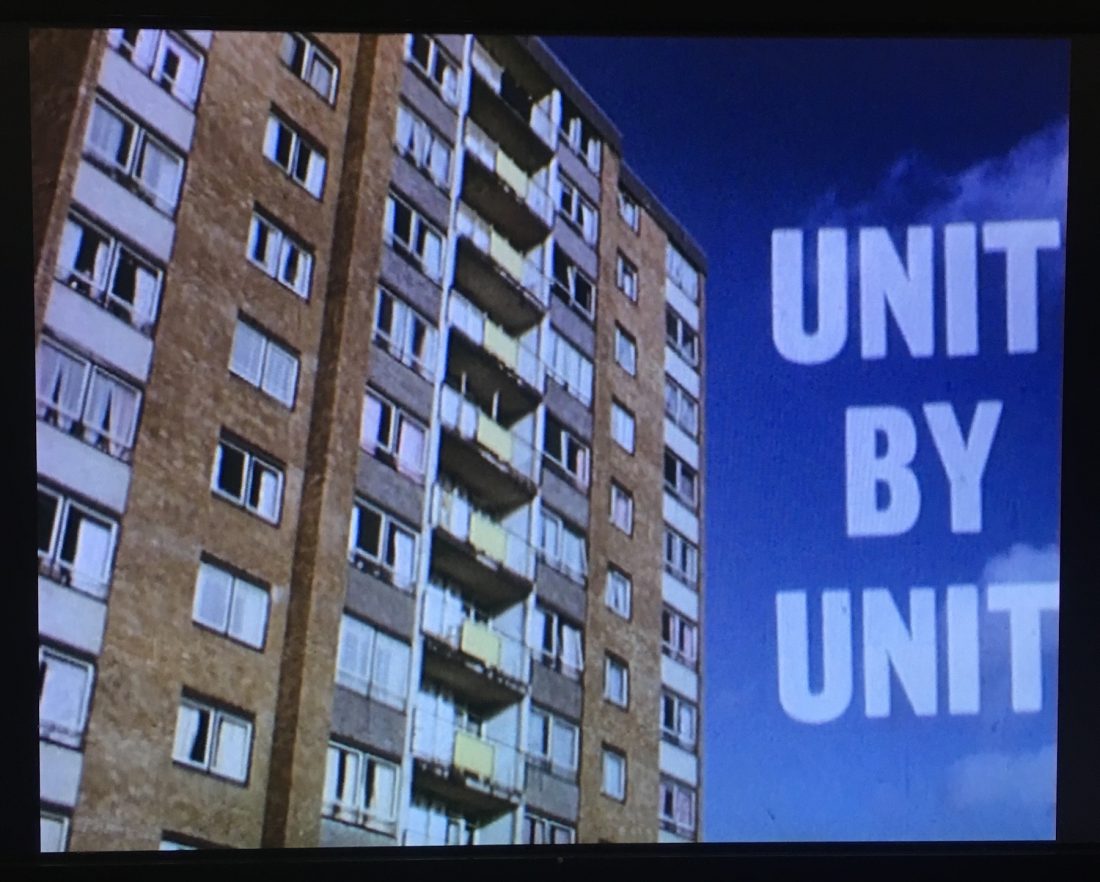I set out to find footage that documented the specific history of Toxteth and the city centre, but in end it was markedly different films that I found myself drawn to.
The earliest film in the archive, dating from 19896, and shot by the famous Lumière Brothers is of Liverpool city centre. A Long sequence is shot from a moving train, running along a long removed elevated, electric train line that ran through the city. This shot, straight out of the window as the train rides along the docks constitutes the first ever tracking shot in cinema history.

There are a whole load of films with very little information, except that which was contained in the inter-titles. A lot of these documented visually strange moments in time, with no real context to allow any sense to be drawn from them, and the mystery of these strange, unexplained events was utterly compelling. Most notably were a handful of sequences from the 1900 to 1930’s, most notably a really bizarre film of 2000 school kids, all dressed the same, doing a vaguely North Korea esq military drill in a park in Liverpool. Visually this set of shots is amazing, but the mystery of why on earth this was happening in 1907 fascinates me. Also notable is a film of a march commemorating the history of Liverpool (up until the early 20th century). This includes the somewhat bizarre sight of groups of men in robes (I’m guessing in relation to the Druid founders of the city), somewhat dark sequences of folk history and some morris dancing kids

Also interesting to me are films made by amateur cinema clubs in the time around the 1930’s. I had no idea these clubs existed, but while the scope of these cine-essays is pretty modest, the productions are really impressive. They range from really nicely done cinematography (often on 9.5mm film stock), full title sequences, stop motion animated maps and diagrams. Really, these film are amazing, and the groups of people who gave up their evening and weekends to make them are equally intriguing.

1970’s public information films – These were made by the local council to demonstrate the wonders of the expansion of the welfare state. There was definitely a degree of state sponsored propaganda, but the thing that stuck with me was the sense of optimism of the time, the sense of marching forward towards a great future, and the contrast between that time and the present day. In addition there were a number of films that covered the modern concrete based construction techniques being used to build social housing in that time. Again the optimism, and the faith in technology in the modernist period of these films is really striking.







